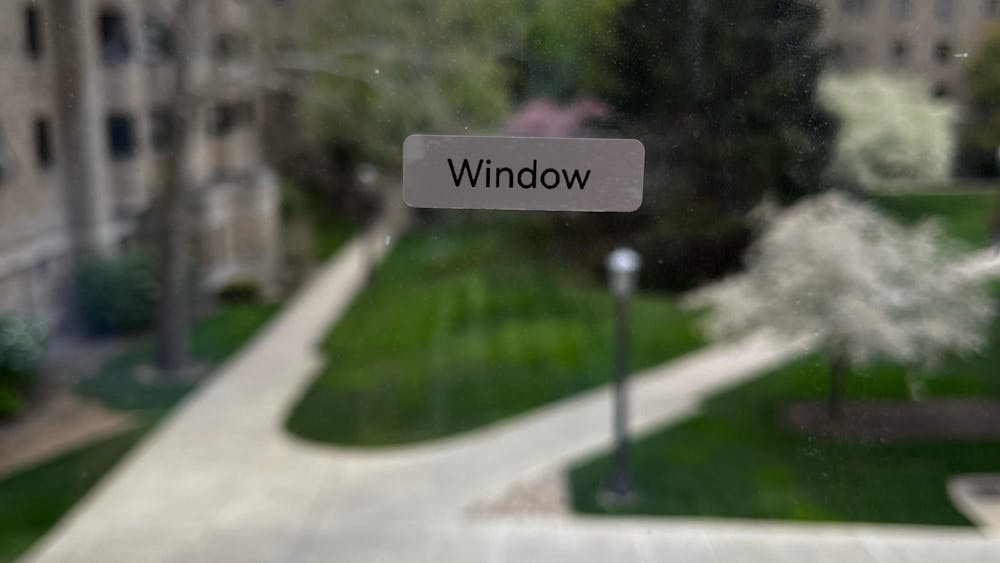In a situation that is depressingly familiar as of late, my latest discovery of the mass shooting in San Bernardino occurred through the “Trending” tab on Facebook. One click on the “#SanBernardino” link at the top of the list brought me to a feed that was distressing on many different levels. The first — and most immediate — of these responses was the incomprehensible sense of sadness I felt for the victims and their families in light of yet another senseless act of violence. Much like my response during the rest of these unfortunately common events of gun violence or terror throughout the world this year, I attempted (and failed) to put myself in the shoes of those affected by the tragedy and the feeling of sadness intensified. Not long after this response of sadness came an overwhelming sense of disgust. Yes, this feeling was most certainly directed toward the killers and whatever motivated them to act so horrendously. Yes, it was certainly caused by the fact that there are husbands and wives and sons and daughters who have to live the rest of their lives without their loved ones. However, this sense of disgust also extended to the instant, visceral, polarizing and uninformed politicization I saw from both my Facebook “friends” and other social media commentators. This tragedy, like many of the other acts of terror and gun violence that have been so prevalent around the world in 2015, brought into painfully sharp focus many of the caricatures, hyperboles and illogical arguments these events evoke. From the perennial “all Muslims are ISIS terrorists” argument to the now-viral “336 days, 355 mass shootings” infographic, individuals were quick to point fingers when it was still unclear what we were even trying to point to. As is typical, and as it happened in this case, time progressed and details were clarified. For example, while ISIS indeed claimed the shooters as “supporters” in a news release, the organization stopped short of the language of martyrdom that typically follows an event planned and executed by one of their own. In regard to the “mass shootings” graphic, when the fine print was scrutinized by sources such as Mother Jones, who runs a database of public mass shootings, it was revealed that the “355 mass shootings,” while unquestionably unacceptable and tragic, were of a completely different context and magnitude than the tragedy in San Bernardino. In summary, posts and pictures flew left and right with varying degrees of applicability, relevance and accuracy. Going further, the number of likes and shares on certain posts validated these often-erroneous claims and conclusions. The lingering question in my head: Why is this? In an era characterized by instantaneous access to an unfathomably vast pool of misinformation and the desire for instant validation of our opinions, the aftermath of tragedies such as those in San Bernardino begins to make more sense. Because it is so quick and easy to find a source that corroborates what we want to hear, we become less concerned about that source’s accuracy and more concerned about making a statement for others to like or share. Again, it makes sense why this knee-jerk response is so common — it is faster, easier and more reassuring to have your previous conceptions or ideations upheld and maintained in light of situations such as these that unearth such powerful emotional responses. What happens when we decide to make these premature judgments, though, is an increased sense of division and derision, which are the exact opposite feelings that situations such as these so desperately need.
Michael Fliotsos is a senior science-business major currently living in Duncan Hall. He would sincerely appreciate emails with feedback or suggestions for future topics at mfliotso@nd.edu













